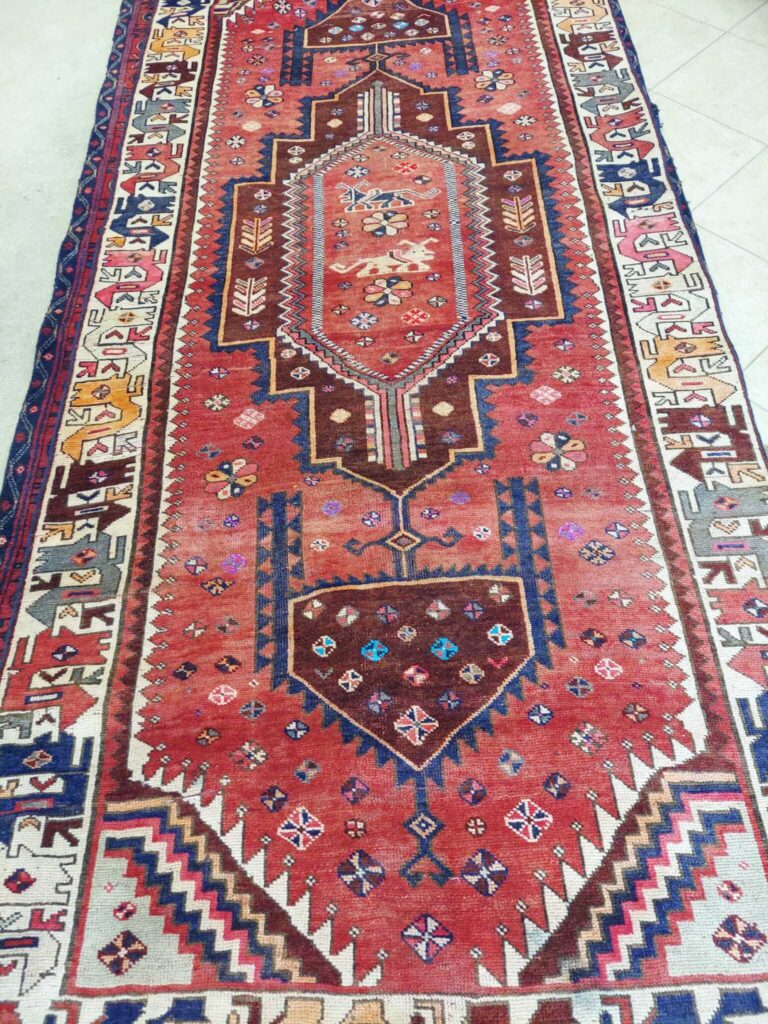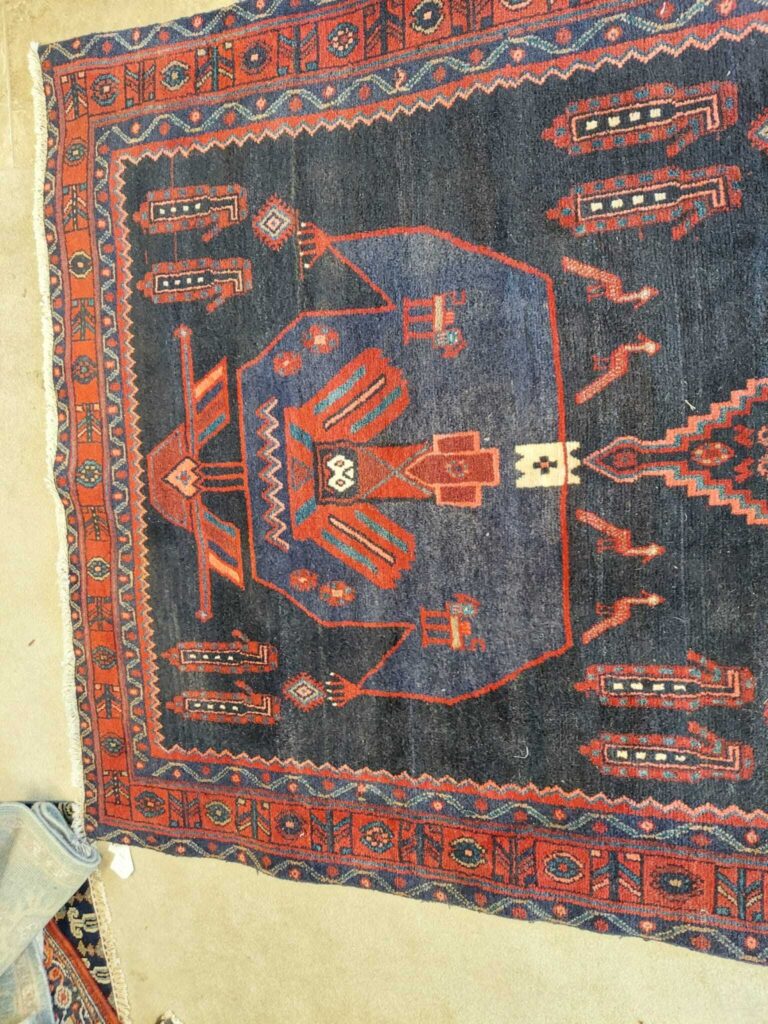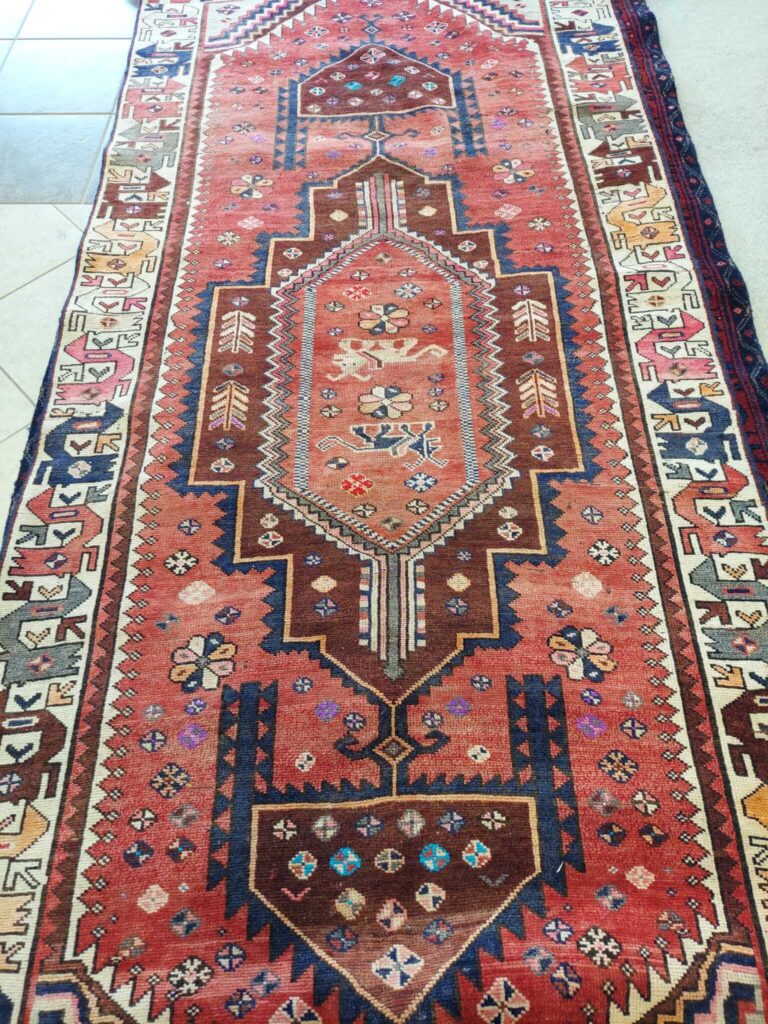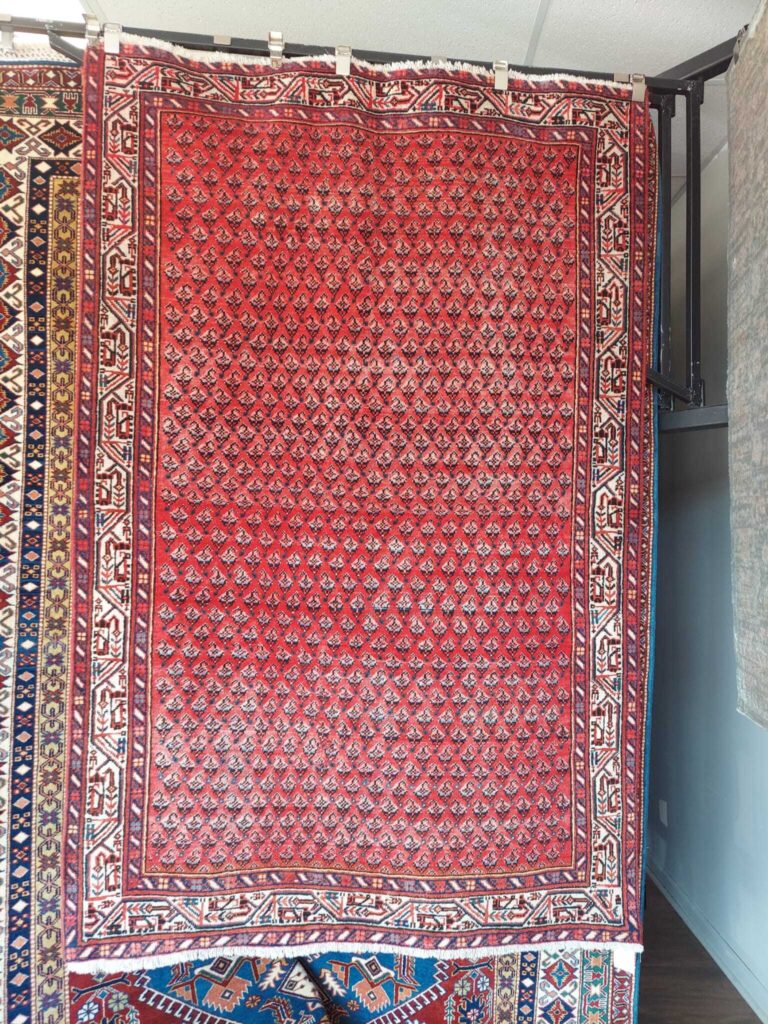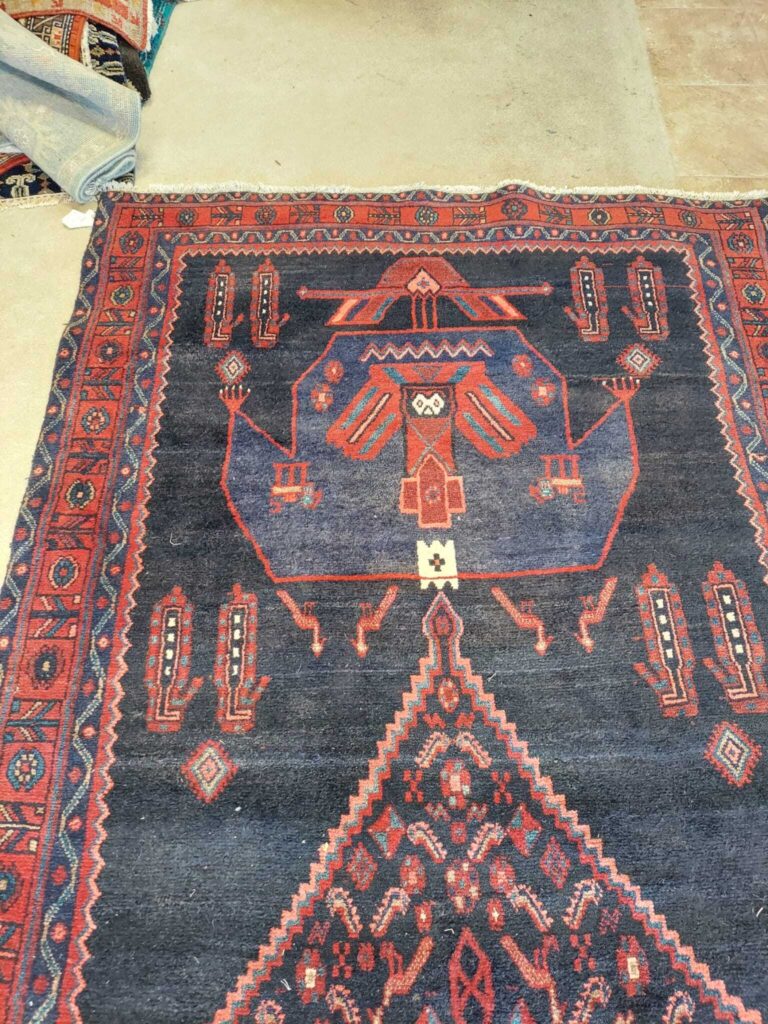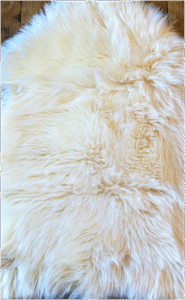In the world of hand-knotted rugs, true beauty often resides in what might initially appear as imperfections. One of the most fascinating of these “flaws” is known as abrash—a term that resonates with the soulful nature of handcrafted artistry. Stemming from the Persian word abrash (آبراش), which means “speckled” or “variegated,” this phenomenon describes the delicate, sometimes dramatic, shifts in colour that appear across a rug’s surface. Rather than being a defect, abrash is a signature of authenticity, interlacing stories of tradition, skilled craftsmanship, and the human touch into every thread.
What Is Abrash?
Abrash is observed as bands, streaks, or mottled patches of color within a single shade. Picture a rug where a sky-blue expanse gradually deepens into richer, darker azure, or a vibrant crimson edge softening into a muted rust—these subtle variations are the hallmarks of abrash. Unlike machine-made rugs, which strive for uniformity, hand-knotted rugs embrace the organic variations that naturally emerge during their creation. Here, abrash isn’t an error; it’s a vibrant narrative of the rug’s journey from raw wool to a unique masterpiece. Every rug carries its own distinct personality, shaped by time and craftsmanship. Learn more about these fascinating details in our Ultimate Rugs Vocabulary, where we explore the terms and techniques that define handmade rugs.
The Origins of Abrash
The enchanting effect of abrash is born from several factors inherent in traditional rug-making:
- Dye Lot Variations: Artists dye wool in small, carefully managed batches using natural pigments. When a dye run concludes and a new batch starts, slight tonal differences appear, forming gentle horizontal bands across the rug.
- Yarn Irregularities: The hand-spun wool used in these rugs naturally varies in thickness and twist. Thicker, tightly spun yarn absorbs dye more fully, resulting in deeper hues, while looser fibers may appear lighter.
- Uneven Dye Absorption: The process of dyeing by hand often leads to irregular pigment uptake—external strands in a skein absorb more dye than those at the core.
- Time and Wear: Over the years, exposure to sunlight, foot traffic, and routine cleaning can accentuate Abrash, as colors mellow at varying rates, unveiling layers of hidden depth.
Intentional Artistry Versus Natural Occurrence
While Abrash often emerges naturally during the rug-making process, many weavers also intentionally incorporate these variations. In traditions that revere handmade rugs, such nuances are seen as a humble reminder that only the divine is without flaw. Some artisans deliberately evoke the patina of antique rugs by weaving in color shifts, lending new pieces a vintage allure that machine-made imitations can only feebly mimic.
Why Collectors Cherish Abrash
- Authenticity: Abrash is a mark of a genuine, hand-knotted rug, setting it apart from mass-produced counterparts.
- Visual Depth: The interplay between light and dark hues creates a dynamic, textured effect, making each rug a living work of art.
- Historical Connection: Particularly in antique pieces, Abrash can whisper tales of nomadic traditions, natural dye techniques, and generations of skilled craftsmanship.
- Versatile Design: The blended, organic hues of an abrash rug make it adaptable to a variety of interior styles—from eclectic bohemian spaces to minimalist modern designs.
Debunking the Myths Around Abrash
Some buyers initially view Abrash as a flaw or sign of inferior craftsmanship. However, the reality is quite the opposite:
- It’s a Natural Byproduct: Abrash is not an error but rather a natural outcome of the traditional dyeing and weaving process.
- It Enhances Value: Many collectors prize these unique variations for the rich stories and traditions they represent.
- It Cannot Be Perfectly Replicated: Although modern techniques can mimic abrash, the authentic warmth and soul behind true handmade variations remain unmatched.
Embracing Imperfection
Hand-knotted rugs with abrash are like unique fingerprints—each one carries its own narrative. Whether it’s due to the natural ebb and flow of dye supplies, the ageing of wool over time, or the deliberate touch of an artisan, these color variations serve as a bridge between past and present. They remind us that genuine beauty lies in individuality, and that true artistry is never mass-produce. In a world that often values sterile perfection, Abrash stands as a proud testament to the allure of the imperfectly perfect.
Next time you admire a rug displaying these nuanced hues, remember: those streaks and shifts are not flaws—they are the gentle echoes of skilled hands that spun, dyed, and knotted each thread with care. At Rug Journal, we celebrate these unique characteristics that make every hand-knotted rug a true work of art.

